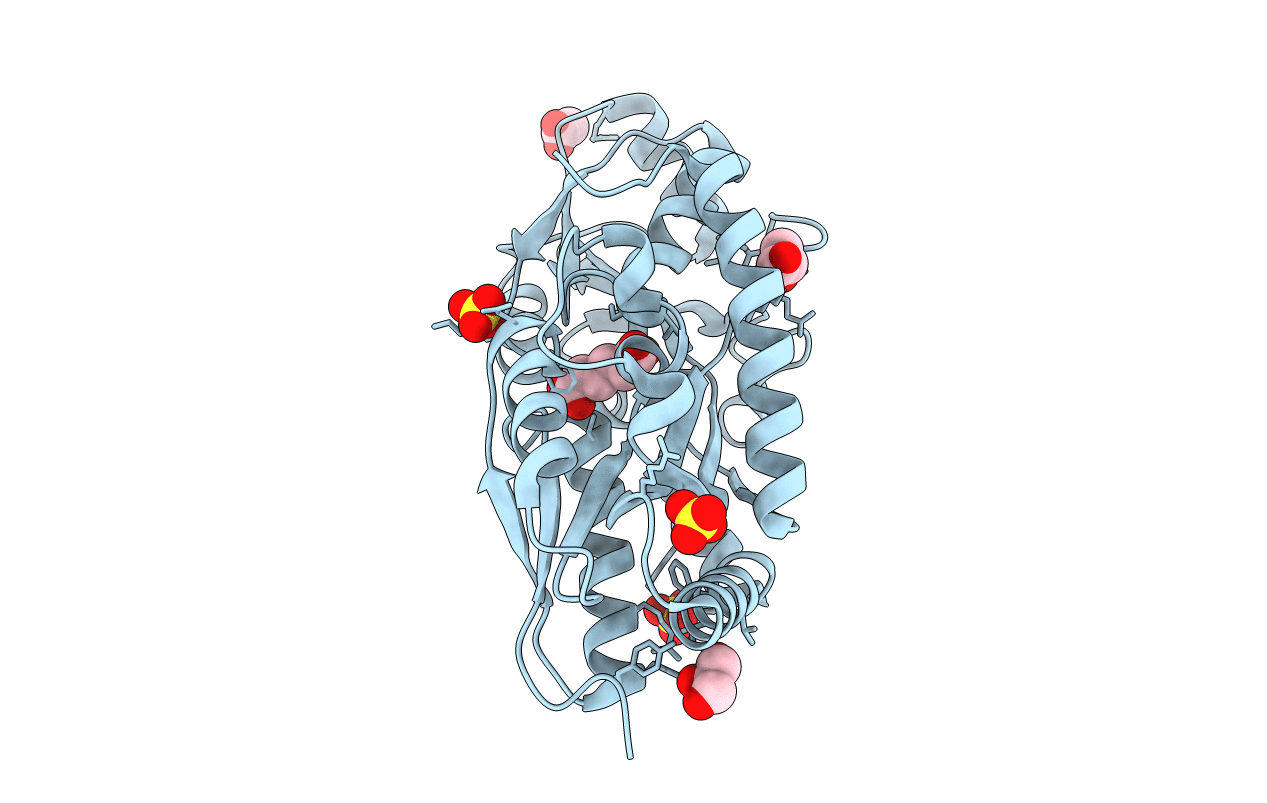
Deposition Date
2017-07-25
Release Date
2017-11-08
Last Version Date
2024-01-17
Entry Detail
Biological Source:
Source Organism:
Rhodopseudomonas palustris CGA009 (Taxon ID: 258594)
Host Organism:
Method Details:
Experimental Method:
Resolution:
2.07 Å
R-Value Free:
0.25
R-Value Work:
0.20
R-Value Observed:
0.20
Space Group:
C 2 2 21


